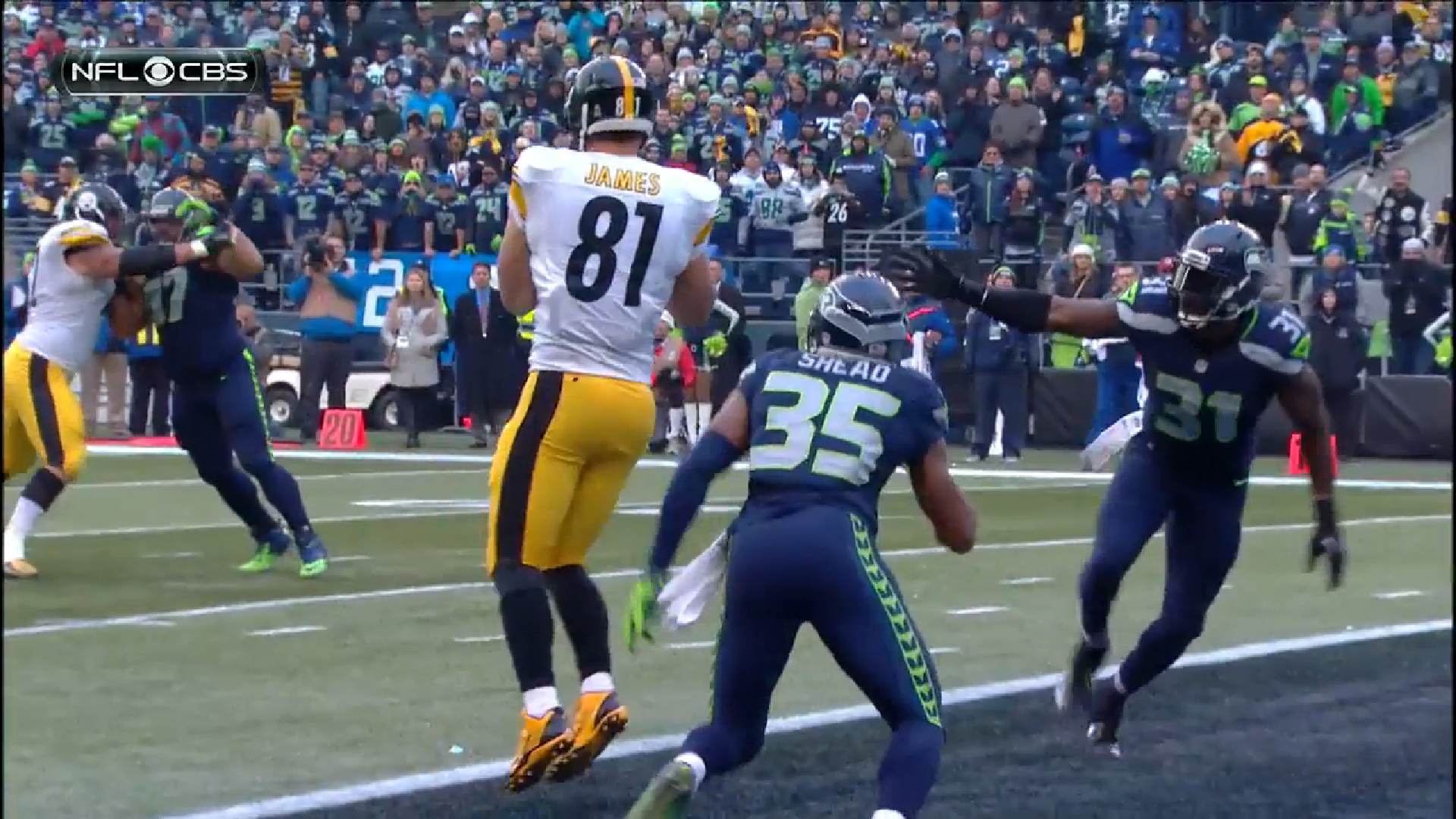Last season, Mike Tomlin and the Pittsburgh Steelers opened what may one day come to be viewed as a Pandora’s Box when they chose to employ the two-point conversion as a proactive scoring strategy rather than a reactive one, with the majority of their 11 two-point attempts during the regular season coming in the first half with a lead already in hand, often by two possessions.
Their 11 two-point conversion attempts was the most ever by a good margin, as was their eight successful conversions, the previous best having been five. Tomlin and quarterback Ben Roethlisberger have recently been left pondering whether or not they should attempt a two-point conversion after every touchdown this year.
Every touchdown after which it would not be foolish, of course. Should the Steelers tie a game at 34 points with time expiring and need only an extra point to achieve victory, it would be foolish to pass up the standard point after attempt. It goes without saying that Tomlin would not attempt a two-point conversion in such a scenario.
But if the Steelers do indeed truly intend to break the mold and utilize the two-point conversion with great regularity following the majority of their touchdowns, then it should be worth investigating the body of evidence that we have currently available to us to see how things worked out.
Last season, the Steelers scored 45 touchdowns of all forms, including special teams and defensive touchdowns, which means that they had 45 opportunities to add one or two points following a touchdown.
On 34 occasions, they settled for simply the point after attempt. They missed two of them, however, scoring only 32 points for this 34 attempts, which works out to a points per attempt of 94.1. It is worth noting that this was right in line with the league average of all point after attempts since the line of scrimmage was moved back to the 15. There were over 50 misses in total in 2015.
On the other 11 attempts, of course, the Steelers went for two, and produced eight successes for 16 points. That rates as 1.45 points per attempt, an obvious surplus. But now we should consider, in total just what was gained.
Had the Steelers attempted a point after on every occasion, they were likely to score 42 points in 45 attempts. Had they gone for two points after each attempt, converting at approximately the rate that they did, they would have likely accumulated 64 points, conservatively not rounding up, a different of 22 points over the course of the season, or more than three full touchdowns. More than a point per game.
As it was, the Steelers’ combination of point after attempts and two-point attempts left them with 48 points after touchdowns last season. That is an improvement of three points over a best-case scenario of only point after attempts, and an improvement of six over their actual success rate.
It is also 16 points fewer than what they would have been expected to make if they went for two every time, an extra point per game. if the Steelers could add a full point per game to their total output by the end of the season, that would be significant. But it all still ultimately comes down to execution and situational awareness, and this post is merely to serve as a study of the relevant numbers.








